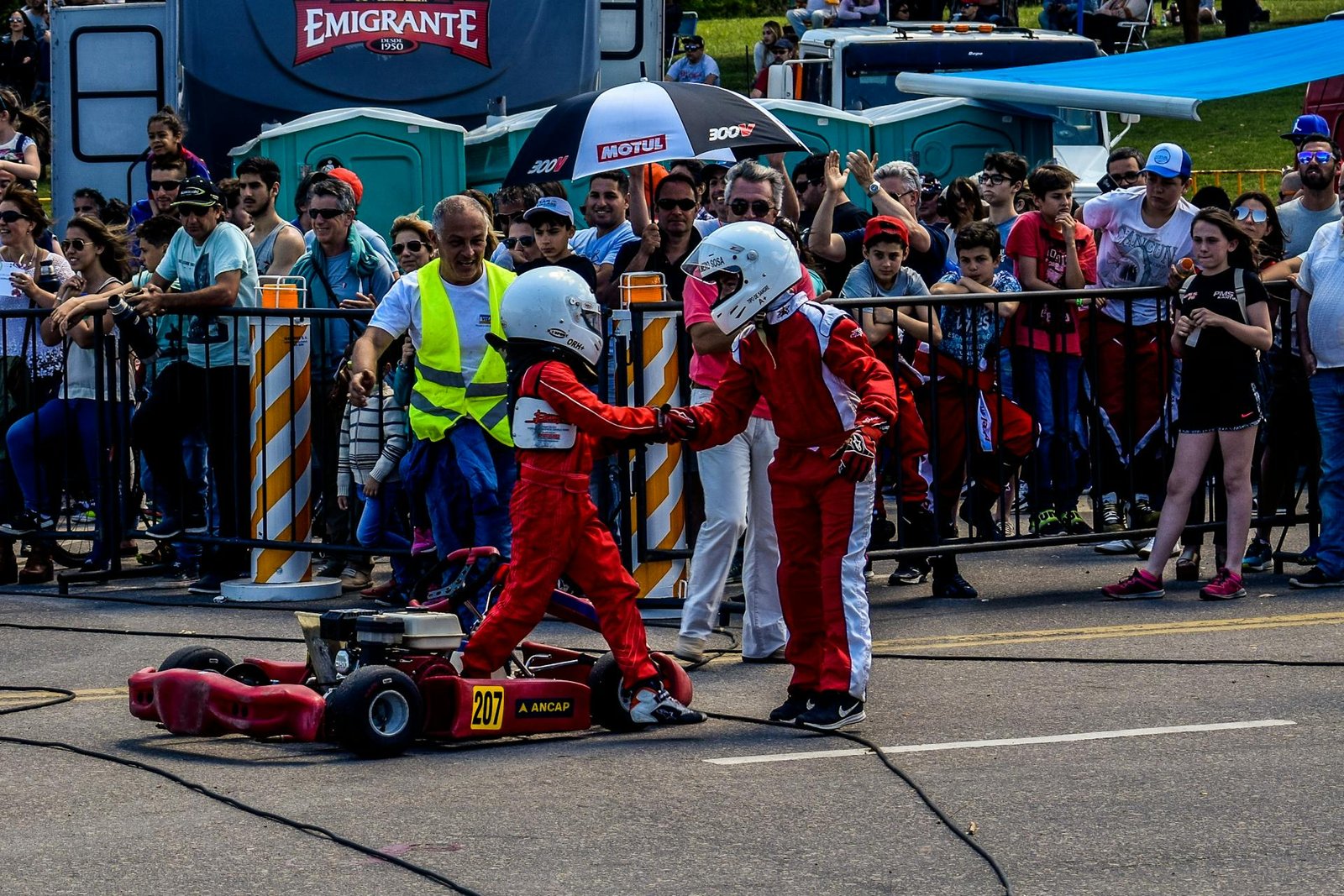Surprising Opportunities for Brands in Always-On Sports Marketing
November 19, 2024

November 19, 2024
In today’s sports and marketing landscape, it is no longer sufficient to limit oneself to seasonal or event-specific promotional campaigns.
With the evolution of consumer behavior and the explosion of digital platforms, maintaining a constant and engaging presence has become essential to strengthening the bond between brands and their audience.
This is where the concept of always-on marketing comes into play, a continuous and proactive strategy that keeps the public’s attention and engagement alive throughout the year, not just during the sports season.
The Importance of an Always-On Strategy
Today, more than ever, fans are connected 24/7 and expect to establish a continuous dialogue.
Thanks to social media and on-demand content, they are constantly seeking information, exclusive material, and ways to feel closer to their favorite team or brand.
For a brand intending to leverage this passion, limiting activity to specific moments such as tournaments or matches would mean missing out on valuable engagement opportunities.
An always-on marketing strategy allows for a direct connection with the target audience, nurturing a relationship that goes beyond the temporal dimension of the sports season.
It’s about building a continuous presence, capable of offering relevant content and enhancing the overall fan experience.
Key Elements of an Always-On Marketing Campaign in Sports
Personalized and Relevant Content
To keep attention high, it is essential to offer valuable content that is not merely informative but also inspiring and emotional.
This may include, for example, behind-the-scenes videos, exclusive interviews, or access to intimate moments in athletes’ lives.
Moreover, it is important to personalize content based on different audience segments, leveraging data analysis to understand fan preferences and interests at various times of the year.
Digital Platforms and Social Media
Social media plays a crucial role in an always-on strategy.
Platforms like Instagram and TikTok allow real-time interaction, responding to comments, stimulating discussions, and fostering a sense of community around the brand.
Live sessions, interactive polls, viral challenges, and user-generated content can fuel a constant presence and maintain high engagement, even when there are no events happening.
Collaborations and Influencer Marketing
Influencers and ambassadors, whether athletes or content creators in the sports world, also help keep the relationship between brand and audience alive.
Involving them in ongoing campaigns, with authentic and creative content, allows for expanded reach and the engagement of new audiences.
Partnerships with athletes make it possible to tell more personal and in-depth stories, going beyond on-field performance and giving fans a chance to discover new aspects of their idols.
Immersive and Interactive Experiences
Fans want to experience moments that make them feel like part of the action, even when they are not physically present.
Augmented reality and virtual reality, for example, offer new opportunities for engagement through immersive experiences.
From the possibility of “entering” a virtual stadium to understanding what it feels like to be in an athlete’s shoes during a competition.
These technologies can be integrated into always-on campaigns to deliver unique and memorable moments, even during breaks between events.
Managing the Fan Lifecycle
One of the most complex challenges is maintaining the audience’s attention and loyalty over extended periods of time.
In sports marketing, the always-on strategy requires managing the entire fan lifecycle, from the first interaction to the stage of maximum loyalty.
To achieve this, it is necessary to develop content and campaigns that fuel each phase, using an approach that combines data analysis and CRM to understand when, where, and how to interact with fans.
During periods of low sports activity, for instance, it is useful to develop content that celebrates historical moments or launch initiatives that build anticipation for the next season.
During peak periods, communication should focus on the excitement and fervor of the moment, ensuring a massive presence capable of creating buzz.
KPI and Measuring Effectiveness
Finally, as with any marketing strategy, it is crucial to measure and monitor performance to ensure objectives are met.
Key KPIs to keep an eye on include:
- Engagement · The number of interactions (likes, comments, shares) with the published content.
- Reach · The campaign’s reach, i.e., the number of unique users reached by the brand’s messages.
- Retention · The ability to keep fans active and engaged over time.
- Conversions · The direct impact of always-on campaigns on lead generation or sales, if applicable.
Thanks to advanced analytics tools, integrated social platform dashboards, and CRM software, we can monitor campaign effectiveness in real-time and make adjustments to optimize results on the fly.
If you’d like a free consultation to discover what kind of sponsorship might suit you, contact us. We’re waiting for you!
Recent Posts
- The Body Remembers: How Sports Unlock Emotional Memory
- How to Use Sports Sponsorships to Reduce Business Taxes
- Injury Prevention: The Best Diet for Muscle and Joint Protection
- Tailored Financial Solutions: The Competitive Edge for Growth-Driven Companies
- Sports Sponsorships: A Powerful Tax Planning and Marketing Tool
Categories
Completely synergize resource is taxing relationships via premier are man niche markets. Professionally cultivate one to one customer.